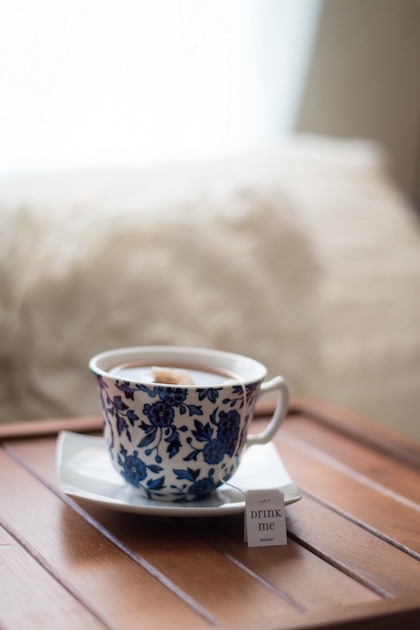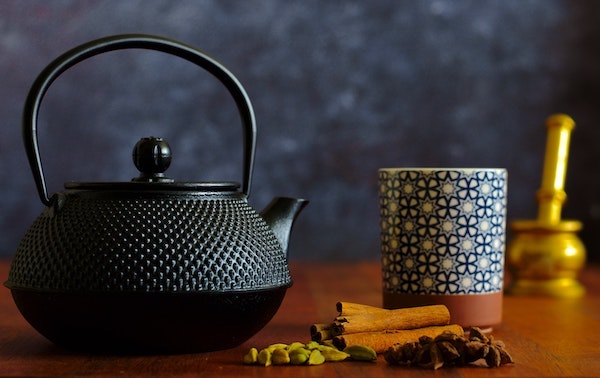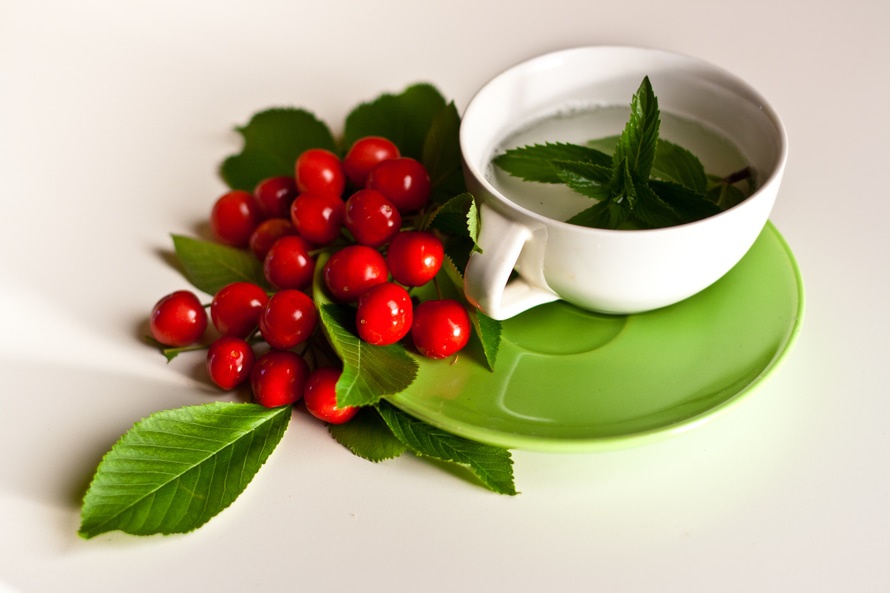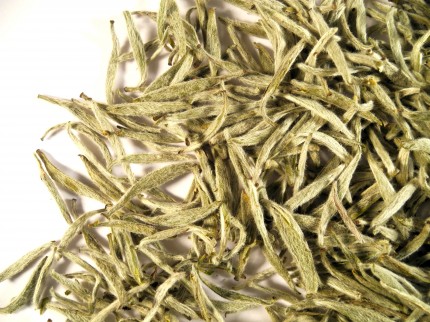Bien doser le thé

Préparer la tasse de thé parfait est tout un art! Oui, plusieurs thés sont simples à aborder. Les thés aux fruits, par exemple, sont infusés dans de l’eau bouillante et risquent rarement de devenir trop amer si vous les oubliez quelques minutes supplémentaires ou si vous calculez un peu plus de la quantité indiquée.
Toutefois, tel n’est pas le cas de tous les types de thés. Les « débutants » du thé n’y songent pas toujours, se disant qu’une tasse de thé goûtera le thé peu importe ce qu’ils feront. Cependant, certains gestes et certaines habitudes signifient parfois que le thé ne développera pas tous ses arômes… ou bien, au contraire, que certains parfums subtils sont ruinés par une eau trop chaude, ou que le goût est rendu amer par une trop forte concentration de thé. Il faut savoir trouver l’équilibre parfait! Et pour cela, il faut d’abord apprendre à bien doser son thé.
À vue de nez :
Pour une théière de taille standard (environ 350 ml), il y a une règle générale utilisée pour obtenir un thé décent : vous n’avez qu’à calculer 1 cuiller à thé par personne, plus une cuiller à thé en extra, « pour la théière ». De façon plus précise, les spécialistes du générique évaluent qu’une quantité de 2 à 2,5 grammes (donc, une cuiller à thé) par tasse de 100 ml est un bon pari à tenir.
Bien sûr, ce n’est pas une règle fixe : les types de thés nécessitent différentes quantités en soi (vous trouverez souvent les indications spécifiques sur la boite ou le sachet) et chacun a ses préférences – certains aiment leur thé plus corsé, par exemple, et qui les empêcherait d’ajouter une cuiller de thé à leur mélange? Pas nous, en tout cas!



